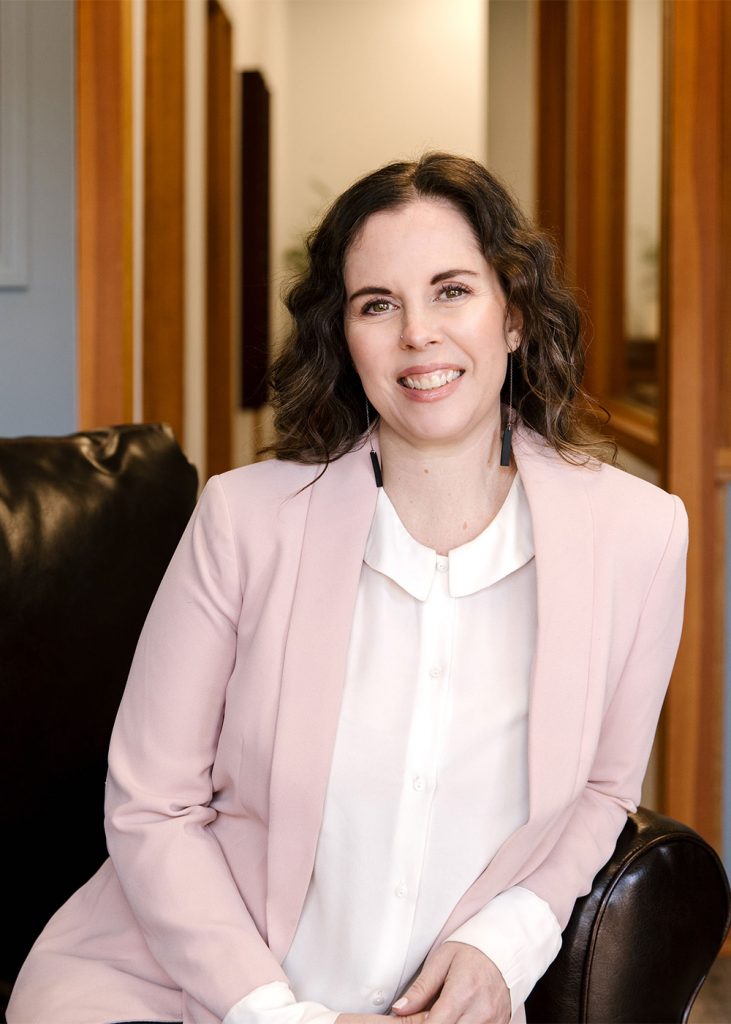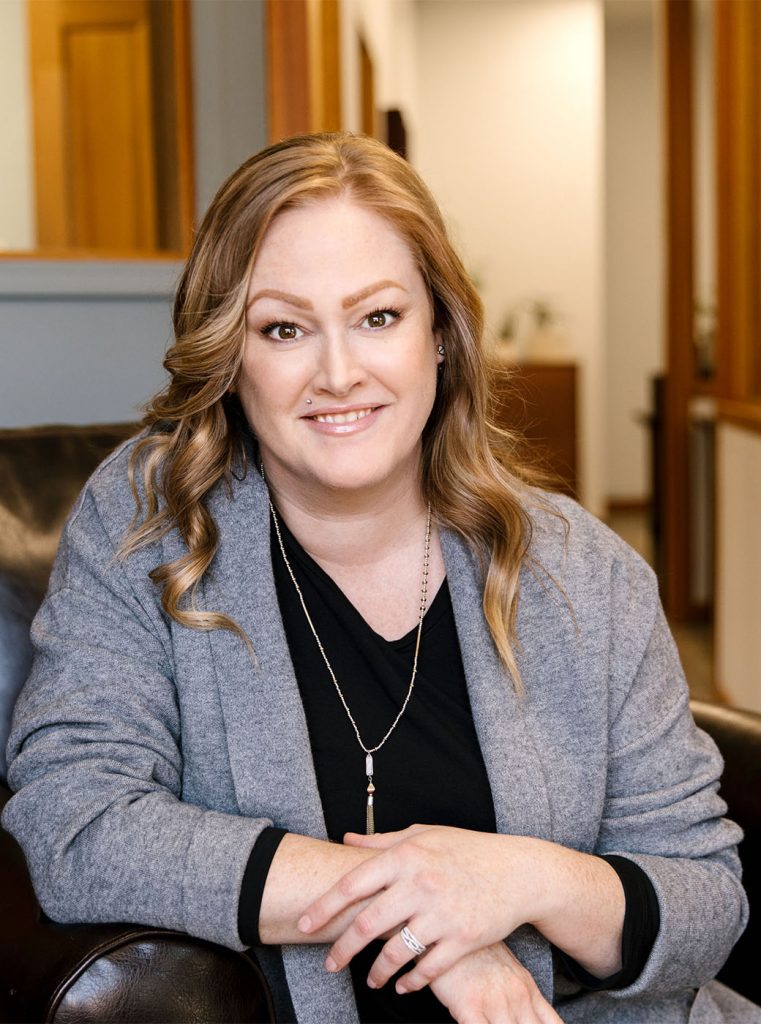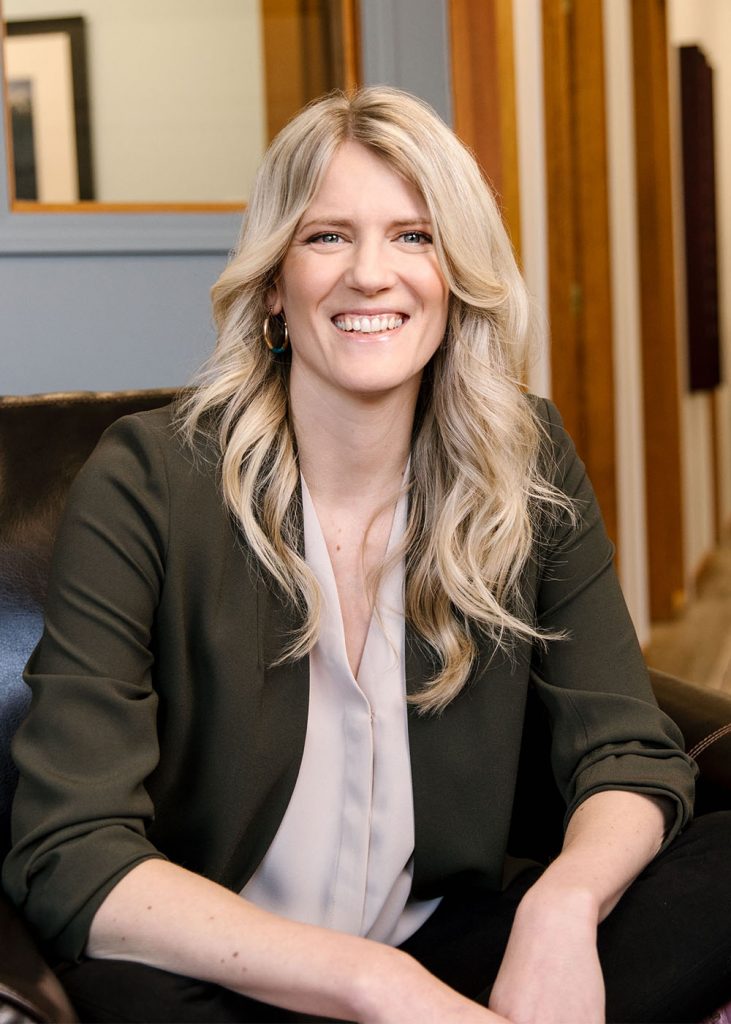Canada is one of the most charitable countries in the world. While you shouldn’t donate just to save tax, understanding the tax implications can help you decide which strategy is optimal for you.
Canadian Charitable Giving Landscape
Canada’s charitable sector is vital. There are over 85,000 charities in Canada, employing 10% of the entire Canadian workforce. 58% of them are fully run by volunteers. In recent years, charitable giving has declined, with 19% of the population donating in 2019 vs. 25% in 2006. Perhaps more troubling is that donations from higher-income families are dropping faster than from lower-income families, painting a bleak image of the future of giving in Canada.
To solve this, more Canadians need to make philanthropy a part of their financial plan. And that starts with understanding how it works, and what strategies are available.
How to Choose a Charity
The first step is figuring out which charities you want to donate to. The following questions will help you narrow this down:
- What topics does your family talk about at the dinner table?
- What do you worry about?
- Do you have any experiences in life you want to help others avoid?
- Is there a specific group you want to help?
- What do you want to improve in your community?
CanadaHelps has a great tool to help you narrow down your choices as well: https://www.canadahelps.org/en/
Don’t be shy in contacting charities directly to learn more about their programs, strategy, management, and sustainability.
Tax Incentives
Canada is one of the most charitable countries in the world. While you shouldn’t donate just to save tax, understanding the tax implications can help you decide which strategy is optimal for you.
Canadian Charitable Giving Landscape
Canada’s charitable sector is vital. There are over 85,000 charities in Canada, employing 10% of the entire Canadian workforce. 58% of them are fully run by volunteers. In recent years, charitable giving has declined, with 19% of the population donating in 2019 vs. 25% in 2006. Perhaps more troubling is that donations from higher-income families are dropping faster than from lower-income families, painting a bleak image of the future of giving in Canada.
To solve this, more Canadians need to make philanthropy a part of their financial plan. And that starts with understanding how it works, and what strategies are available.
How to Choose a Charity
The first step is figuring out which charities you want to donate to. The following questions will help you narrow this down:
- What topics does your family talk about at the dinner table?
- What do you worry about?
- Do you have any experiences in life you want to help others avoid?
- Is there a specific group you want to help?
- What do you want to improve in your community?
CanadaHelps has a great tool to help you narrow down your choices as well: https://www.canadahelps.org/en/
Don’t be shy in contacting charities directly to learn more about their programs, strategy, management, and sustainability.
Tax Incentives
The Canadian tax system provides incentives for charitable giving through provincial and federal tax credits. Tax credits are different than tax deductions. A tax credit reduces the amount of tax you owe, while a deduction reduces the amount of income on which your tax is calculated.
The charitable donation tax credit is a non-refundable credit, meaning you can’t use it to reduce your taxes owing to below $0. It’s useful only if you have taxes owing.
The Federal credits are calculated as follows:
- 15% on the first $200,
- 29% of gifts above $200
- 33% on your income over $221,708 (this figure is indexed to match the top tax bracket)
For example, Dr. Allan earns $250,000 per year as a family practitioner in BC. He donates $25,000 to his favourite charity. The tax credit is:
- 15% on the first $200 = $30
- 33% on the remaining $24,800 = $8,184
Total federal tax credit = $8,214
He also gets provincial credits.
- 5.06% on the first $200 = $10.12
- 20.50% on the remaining $24,800 = $5,084
Total provincial credit = $5,094.12
Total federal and provincial credits = $13,278.12
For his $25,000 donation, the tax credit was a whopping 53.2%!
You can claim donations up to 75% of your income except in your year of death, where you can claim up to 100%. You don’t have to claim the donation in the year you made it, and you can carry excess credits forward for up to five years. You can also choose which spouse makes the donation. It’s best to have the higher-earning spouse claim all donations to avoid the lower tax credit on the first $200.
When you make donations through your estate, you can carry the tax credit back to your year of death the year before your death. Your estate can also carry the tax credit forward up to five years.
Now that you know the tax benefits let’s review the different strategies you can use.
Donation Options and Strategies
Giving Cash
Cash gifts are the simplest and most common way to donate. You can give lump sums, set up automatic donations from your bank account, and even have them deducted directly from your paycheque. While there is no minimum donation to receive the tax credit, many charities will issue tax receipts only if the donation is above a certain amount, like $25.
If you prefer to give small amounts, give frequently, and value simplicity – giving cash is a great solution.
Securities With Unrealized Capital Gains
Charities will accept non-cash gifts. If you have an investment portfolio that has grown in value, you can donate the investments in kind. That means giving them the investments without selling them first. You can gift most types of investments, including stocks, bonds, mutual funds, exchange-traded funds (ETFs), and more. The transfer is simple and usually takes less than a couple of weeks to complete.
When you gift securities with unrealized gains, you do not claim the capital gain on your taxes. If you were to sell them first and then donate the cash proceeds, half the capital gain would be taxable to you.
The tax credit will be calculated on the market value of the securities on the date the charity received them. This effectively reduces the cost of your donation by eliminating the tax bill on the gains. If you have a portfolio of investments in your corporation or holding company, this is particularly effective. We’ll get to that shortly.
Donor Advised Funds
A DAF is like setting up an investment account that will donate to charity on an ongoing basis. It’s a low-cost and simpler version of setting up your own charitable foundation.
With each contribution you make to your DAF, you receive an immediate tax credit. The funds are invested tax-free, ideally in a conservative, diversified portfolio, and you donate the income and growth from the investments to charities of your choice. This provides significant flexibility over time on which organizations you choose to benefit. A DAF must distribute at least 3.5% of its value each year to charitable organizations.
The DAF is administered by a qualified public foundation. They will charge a fee for overseeing the fund, but it’s usually more cost-effective and less work than setting up a foundation yourself. Each year, you can recommend which charities you want to benefit. While the board of the foundation will have the final say, in most cases, they will follow your suggestions.
You can name family members as successors to your DAF, a great option if you want to teach your family and children about the virtues of philanthropy.
DAFs are more private than creating your own foundation. A private foundation must disclose a significant amount of information on its tax return, including information about the source of funds, the directors, and the amounts donated. It becomes public and is found on the Canada Revenue Agency’s website. This information is not required to be filed by your DAF, and you can choose to donate anonymously.
If you want to donate a large amount, want to benefit multiple charities, and don’t want to spend significant time and energy overseeing your donation, a DAF might be for you.
Private Foundations
While DAFs are suitable for most, you may decide you want more control over your charitable bequest. In that case, consider a private foundation (PF).
A PF requires a significant amount of capital to be worthwhile, usually several million dollars or more. It requires several third parties to implement – including tax and legal advisors, portfolio managers, and directors or trustees. The costs and administrative work are considerably higher than a DAF, and the reporting is more detailed and time-consuming.
A PF might be right for you if you wish to make a large and lasting donation, have the time and expertise to create and implement a foundation, and want substantial control over the assets and distribution of your gift.
Using Life Insurance
There are several ways to use life insurance for charitable giving.
Naming a Charity as Beneficiary of a Life Insurance Policy
With this method, the charity receives the death benefit of your policy when you die. Your estate receives the tax credit for the life insurance proceeds, which can be used in your year of death, the year before your year of death, or carried forward for up to five years by your estate.
Transferring a New or Existing Life Insurance Policy to Charity
You can donate permanent insurance (whole life or universal life policies) to charity.
In this scenario, the charity takes ownership of the life insurance policy. If you donate an existing life insurance policy, you receive a tax credit immediately for the value of the policy, which could be significantly more than the cash value. Valuing life insurance is complex, and you’ll need a professional valuator or actuary. If there is a difference between the fair market value of the policy and its adjusted cost base, you will pay tax on the capital gain. This will be offset by the tax credit received. Whether it’s a new or existing policy, any premiums you continue to pay will qualify for a donation tax credit.
If you have an existing life insurance policy you no longer need and are thinking of cancelling it, consider donating it instead.
Using a Charitable Annuity
An annuity is like buying a pension. You give an insurance company a lump sum, and they give you an income for life.
When done through a charitable organization, they use part of your annuity purchase as a charitable donation, and the rest to fund the annuity. For example, let’s say you donate $100,000. They might use $80,000 to buy the annuity and $20,000 for the charity. You receive an immediate tax credit for the $20,000, which you can spread out over five years. Annuity rates are often higher than GIC rates and more tax effective since the annuity payment is a combination of your principal and interest.
This is a great option for retirees or near-retirees as a fixed-income alternative.
Naming a Charity as Beneficiary of your Will, RRSP, or TFSA
It’s important to make a distinction between you and your estate.
When you die, your estate is created. Your estate must file tax returns while it exists, and donations by your estate are separate from donations in your year of death or the year prior. As mentioned, you can claim donations of up to 100% of your income in the year of death or the year prior. But, your estate can only claim up to 75%.
You cannot carry forward donations from your personal return to your estate tax return, but your estate can carry back donations to your personal returns in the year of death or the year prior, so long as the estate qualifies as a Graduated Rate Estate (GRE).
Your estate can also claim the donation in the year it’s made or any of the next five years.
A discussion of GREs is outside the scope of this article, but most estates should qualify.
Beneficiary of Your Estate
When named as a beneficiary in your will, the charity will receive the gift from your estate, and your estate will qualify for the tax credit. Your estate can carry back the tax credit to your year of death or the year prior. This is an option for those who don’t have life insurance, wouldn’t qualify, or don’t want to pay life insurance premiums.
Beneficiary of Your RRSP/RRIF
Similar treatment applies when named as the beneficiary of your RRSP/RRIF, however the full value of your RRSP/RRIF must be incuded as income on your final tax return. Of course, this can be offset with the tax receipt from the donation. An added benefit is that the assets will bypass probate, which is 1.4% in BC.
Since you can roll RRSP assets over to a spouse on a tax-deferred basis, it’s best for the survivor to leave the RRSP to charity. If you are the last survivor of your relationship and expect to have RRSP or RRIF assets left when you die, you can name a charity as a full or partial beneficiary.
Beneficiary of Your TFSA
Naming a charity as a beneficiary of your TFSA gives your estate a tax credit for the market value of the TFSA when they receive it. Since no taxes are owing on your TFSA, it may be useful to carry the tax credit backwards or forwards.
Using a Charitable Remainder Trust
A CRT allows you to donate assets to a charity while retaining its use and benefit of it during your lifetime.
You receive a tax credit when you transfer assets to the trust, however it is based on the net present value – not the market value. This means the tax credit will be lower – sometimes significantly lower – than the market value of the assets transferred to the trust. The transfer must be irrevocable, meaning once done, it cannot be undone. If there are unrealized capital gains on the asset, transferring it to a CRT will trigger the capital gains. With a CRT, you can continue to receive the income the trust generates but cannot touch the capital. On your death, the remainder of the assets will go to a charity of your choosing. A CRT does not need to be probated. Since a probated will becomes a public document, a CRT is more private than gifting through your will.
CRTs are less commonly used in Canada, as the tax benefits are not as compelling as other options.
Should You Donate Through Your Corporation?
For incorporated business owners, you need to consider whether you will donate through your corporation or personally.
When you donate through your corporation or holding company, the company receives a tax deduction against its income, which is different than a tax credit. A deduction reduces the amount of income on which taxes are payable, and a credit reduces the amount of taxes owed. Deductions are calculated first, and tax credits last. Like an individual, a corporation can only claim donations up to 75% of its income for the year, and the deduction can be carried forward up to five years. A shareholder cannot claim a donation made by a company they are shareholders of, and since corporations do not die, there is no 100% inclusion limit for corporations even in the year of death.
Active business income under $500,000 is taxed at 11% BC, and income over this at 27%. Passive investment income is usually taxed higher, depending on the type of income. If you have a holding company, consider making donations there instead of your active business.
Like individuals, corporations can give gifts of investments in kind. With a corporation, however, there is an added benefit. Typically, when you trigger a capital gain in your corporation, only half of it is taxable. The other half gives your corporation a credit to its Capital Dividend Account (CDA). This is a notional account, meaning it’s tracked through your tax returns and is not an account you hold with a financial institution. CDA balances can be paid to shareholders at any time, tax-free. When you donate corporate investments in kind, the full value of the capital gain is credited to the corporation’s CDA. You can then pay this amount to shareholders tax-free.
Donating through a corporation can also address a reduction in your $500,000 small business limit. Your small business limit is reduced by $5 for every $1 of income over $50,000, meaning too much investment income can impact the tax rate you pay on your business income.
Donating through your corporation can reduce the investment assets and the passive income you earn in your corporation. This might help you preserve the small business limit.
If you’re in the top tax bracket, donating through a corporation vs. donating personally is similar once you account for the taxes payable on withdrawing funds from the corporation.
Donating Your Private Company Shares
This strategy is complex, and you should seek specialized tax advice before considering it.
This is commonly done by combining life insurance with an estate freeze. An estate freeze locks the value of your shares into new preferred shares, and new shares are issued – often to adult children, spouses, or a family trust. Doing so allows you to retain voting control of your company while passing on the future growth to other family members and generations.
When you die, your preferred shares are disposed of for market value, creating a capital gain. For qualifying small businesses, there is a capital gain exemption on the first $913,630 (2022 figure, indexed to inflation annually). Often, the cost base of your shares is nominal, meaning the market value of your preferred shares in excess of this exemption will create a taxable capital gain.
Charities would typically have difficulty using your private shares to benefit the people and organizations they work with. This strategy addresses this issue.
First, your corporation buys a life insurance policy on your life, with the corporation as beneficiary. On your death, you donate some or all of the shares to a charity. The life insurance pays out to the corporation tax-free. It creates a capital dividend account credit for the value of the insurance payout, and that amount can be paid out to shareholders tax-free. Your estate then uses the insurance proceeds to buy the shares back from the charity, which doesn’t use up the capital dividend account credit -meaning it is retained to be paid out to your estate or other shareholders.
The full value of the share redemption creates a donation tax credit for your estate, which can be used against the capital gain. This can preserve most of the value of the company after tax while leaving a significant amount to charity. It’s suitable for donors with a corporate-owned life insurance policy who don’t mind the complexity involved in the strategy.
When to Donate?
Many donors prefer to gift while they are alive so they can enjoy seeing their funds used by the charity right away. It allows you to donate over time instead of in a lump sum. And when there’s a big tax event in your life, like the sale of a business or investment property, you can use charitable giving to plan around the taxes. During your lifetime, donation credits cannot be carried backwards. If you foresee a tax event, make sure your donation occurs before the end of that calendar year. If you give during your lifetime, it can’t be undone, so you need to make sure your own needs are taken care of first.
The benefit of giving on death is that you can claim up to 100% of your income in your year of death or the year before. You also need less planning to make sure you aren’t giving away funds you will later need for your own use.
Summary
Canadian charities need your help. With donation rates declining, especially among high-income earners, many organizations will be disrupted or even eliminated.
By using the strategies here, you can not only help others with your generous gifts but help yourself and your family reduce taxes as well.
If you found this helpful, please share it with your friends, family, or colleagues.
If you want to discuss any of this further, you can reach me at mark@sweeneybride.com, or contact me on Linkedin ot Twitter @MarkMcGrathCFP.










